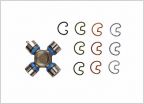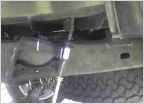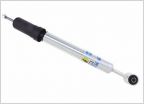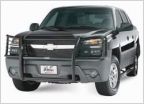-
Welcome to Tacoma World!
You are currently viewing as a guest! To get full-access, you need to register for a FREE account.
As a registered member, you’ll be able to:- Participate in all Tacoma discussion topics
- Communicate privately with other Tacoma owners from around the world
- Post your own photos in our Members Gallery
- Access all special features of the site
Help Request: '16+ Blower Motor Resistor not Working on '08
Discussion in '2nd Gen. Tacomas (2005-2015)' started by soonenough, Aug 10, 2020.


 '06 2WD PreRunner with no zerks
'06 2WD PreRunner with no zerks New toyota 4 pack leafs... defective?
New toyota 4 pack leafs... defective? 887's enough with dakars in the back.
887's enough with dakars in the back. 6 sp fluid change
6 sp fluid change Westin brush guard...
Westin brush guard...











































































